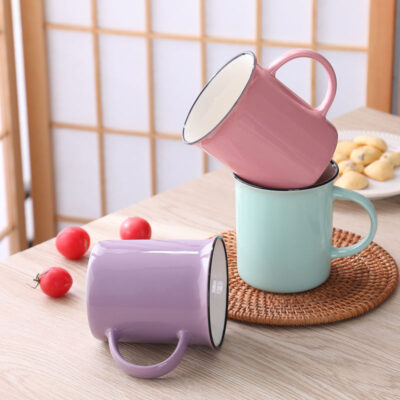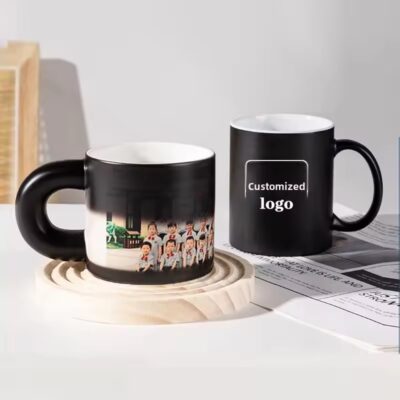As global buyers search for reliable partners and innovative products, the ceramic mug industry continues to evolve rapidly. In 2025, sustainability, efficiency, and design personalization are shaping how brands and factories collaborate. Understanding these trends helps sourcing managers make better procurement decisions and align with long-term brand strategies.
♻️ Sustainable Materials and Glaze Innovation
The global demand for eco-conscious products is pushing ceramic mug manufacturers to reengineer their production processes. Factories are adopting lead-free and cadmium-free glazes, along with low-carbon clay blends that meet LFGB and FDA standards.
Advanced kilns now use energy-recovery systems, reducing firing temperatures without compromising finish quality. Buyers partnering with trusted Ceramic Mug Manufacturers can ensure full traceability—from raw material origin to final packaging.
⚙️ Automation and Smart Kiln Technology
To meet tighter delivery schedules and rising labor costs, manufacturers have shifted toward semi-automated glazing and robotic loading systems. These technologies improve firing consistency and throughput while cutting production waste by up to 20%.
Factories that invest in smart kiln monitoring—tracking temperature curves and oxygen levels—deliver higher color uniformity and lower defect rates. This technology not only enhances quality control but also provides buyers with reliable performance metrics for long-term forecasting.
🎨 Customization and Brand Differentiation
Modern procurement no longer focuses solely on price. Instead, buyers prioritize differentiation through OEM customization—unique shapes, glazes, and branded packaging. Many production partners now offer 3D modeling and rapid sampling, shortening development timelines.
For companies that need full-service customization, collaborating with Ceramic Mugs Wholesale partners allows flexibility in MOQ while maintaining professional finish quality.
🌍 Regional Sourcing and Logistics Optimization
Global logistics remain a defining factor in 2025 sourcing strategies. Buyers are diversifying supplier bases, balancing between Asian manufacturing efficiency and regional warehousing for faster replenishment.
Consolidated shipments and optimized CBM packaging are now standard practice, cutting freight costs by up to 15%. Suppliers offering mixed-container programs—where mugs, lids, and accessories ship together—are gaining a competitive edge among importers and distributors.
🧪 Quality Standards and Compliance
Global retail chains and distributors are raising the bar for quality documentation and testing. Buyers expect full LFGB/FDA compliance reports, AQL sampling procedures, and dishwasher/microwave certifications.
A reliable factory partner should maintain transparent QC protocols and batch tracking. With increasingly strict audits, documentation readiness can make or break supplier relationships.
🏷️ Design and Market Trends for 2025
In terms of design, the market is seeing a strong shift toward reactive glazes, matte textures, and speckled finishes that offer a handcrafted aesthetic. At the same time, minimalistic branding—logo embossing or tone-on-tone printing—is dominating premium collections.
The growing “slow coffee” movement is also influencing mug proportions: taller shapes, narrower rims, and comfortable handle ergonomics enhance the sensory experience.
📦 Strategic Takeaways for Importers and Retailers
-
Invest in supplier transparency. Choose partners who can provide digital production tracking and certification portfolios.
-
Diversify sourcing regions. Consider balancing cost advantages in Asia with flexibility from local stocking.
-
Prioritize sustainable innovation. Eco materials and low-energy glazes are becoming a decisive factor in buyer selection.
-
Leverage customization. Use OEM and ODM solutions to reinforce your brand identity across product lines.
By aligning with forward-thinking suppliers, buyers can secure competitive pricing, quality assurance, and sustainable production—all while meeting the evolving expectations of global consumers. The 2025 sourcing landscape rewards those who treat their mug programs as brand assets rather than commodities.









